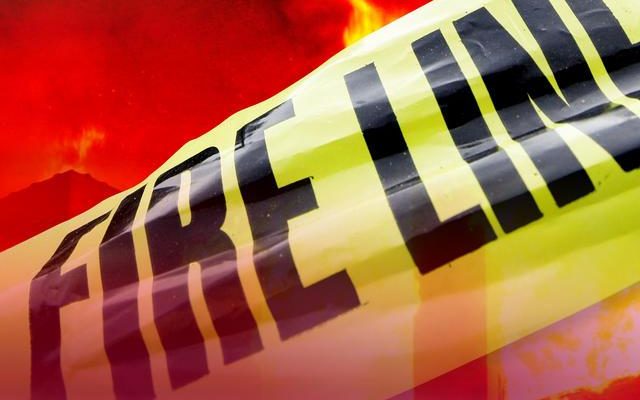Meteor’s loud boom rattles skies over Salt Lake City and beyond

People across northern Utah and southern Idaho reported hearing a loud boom Saturday morning, sharing clips from security and doorbell cameras on social media of what the National Weather Service confirmed was a meteor.
The service said there was a signature on the Geostational Lightning Mapper. The optical device detects lightning – both within and between clouds, as well as from clouds to the ground – over the Americas from a satellite. The signature detected Saturday, the service said, was at 8:31 a.m. local time — the same time as the reported boom.
“Bolstering the meteor theory for this morning’s #boom in #Utah, the two reddish pixels shown over Davis and Morgan counties are from the GOES-17 Lightning Mapper, but not associated with evidence of thunderstorm activity in satellite or radar. Likely the meteor trail/flash,” the National Weather Service Salt Lake City Utah tweeted.
The University of Utah’s seismograph monitoring department confirmed the phenomenon was not related to an earthquake. And there was plenty of video evidence of the boom — some that even included a flash in the sky.
The American Meteor Society, which collects reports of meteors, received 14 of a fireball over Wyoming, Utah and Ohio on Saturday morning. And even the governor of Utah, out for a morning run, heard the boom, he shared on Twitter – and said it was not related to a military facility, saying it was “likely” a meteor.
The unusual event occurred less than two days after the peak of the annual Perseid meteor shower, during which as many as 150 to 200 meteors an hour can be seen, far exceeding the nonpeak of 50 to 75 meteors per hour.
This year, the meteor shower coincided with a full moon – the Sturgeon moon, the year’s last supermoon – making the meteors harder to see.



